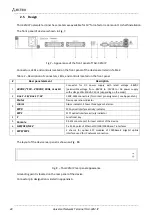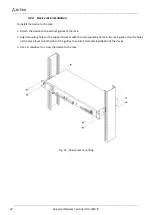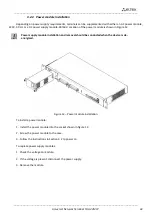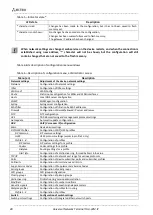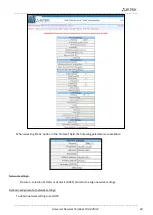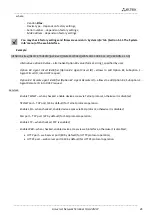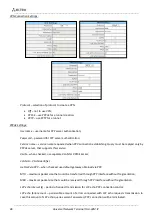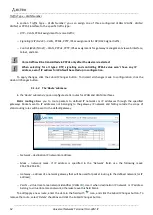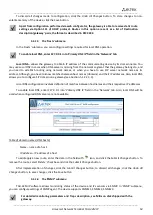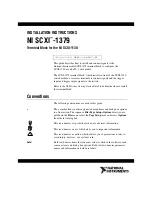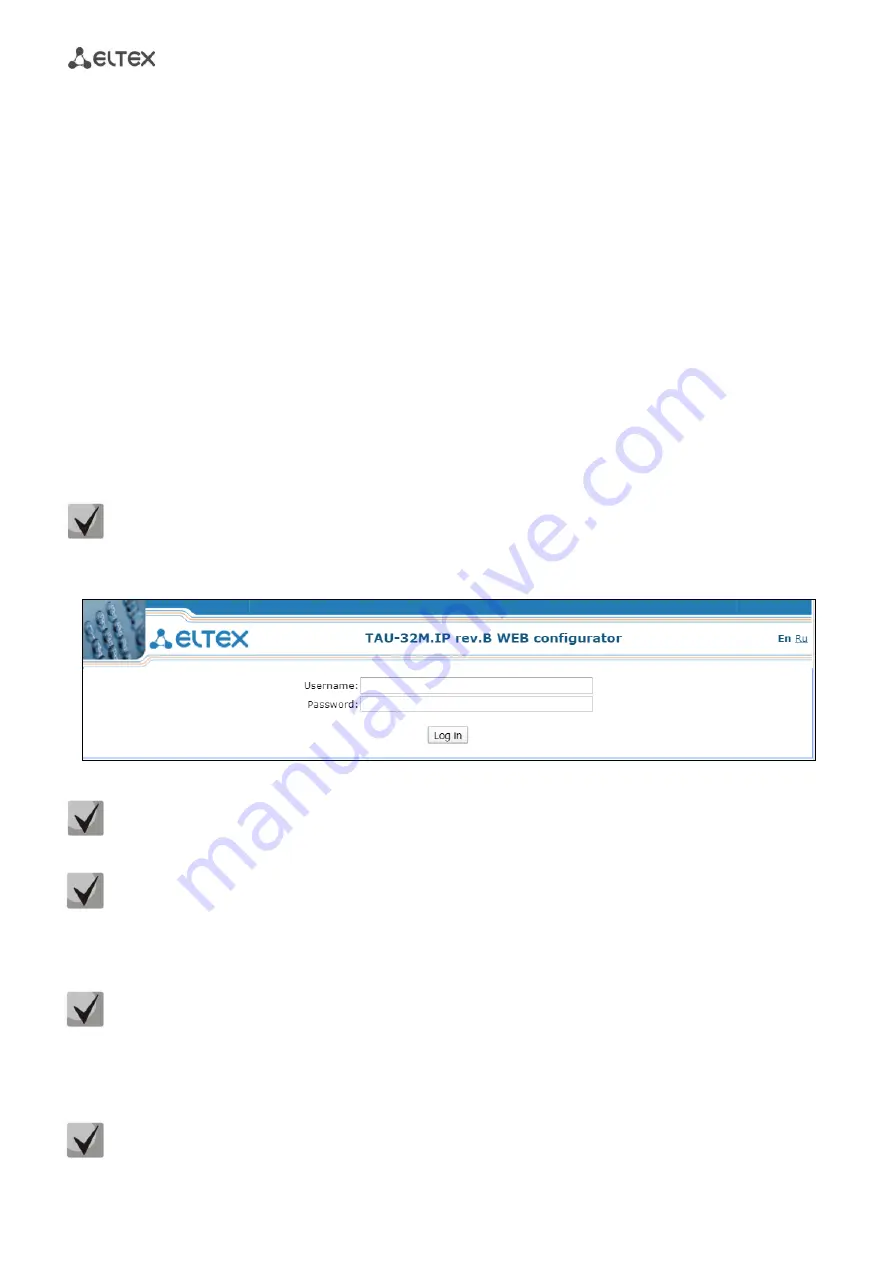
_________________________________________________________________________________
_________________________________________________________________________________
38
Universal Network Terminal TAU-32M.IP
5
DEVICE CONFIGURATION
You can connect to the device using three methods: via web interface, via telnet/ssh protocols, or by the cable
via serial port (RS-232 connector, console parameters: 115200, 8, n, 1, n).
The device runs on Linux, settings are stored as text files in a directory
/etc ~/config
(in normal mode
/etc ~
is
a link to the directory
/etc
, when booting from pressing
'F'
in directory
/etc ~
configured by the user, and in the
/ etc
directory factory configuration of the device).
Configuration files can be edited by connecting the device via the RS-232 or telnet using built-in text editor
joe
.
To save the contents of the directory
/ etc ~
non-volatile memory device, you must execute the
save
command. The changes take effect after rebooting the device.
5.1
TAU-32M.IP Configuration via WEB Interface. Administrator Access
To monitor the device, establish connection in the web browser (hypertext document viewer)
,
such as Firefox,
Internet Explorer. Enter IP-address of the device into the browser string.
The default IP-address of the device – 192.168.1.2, subnet mask – 255.255.255.0.
After entering IP address the device will request username and password.
Initial startup username:
admin
, password:
rootpasswd
.
The following menu will appear on the administrator's terminal: To prevent unauthorized access to device in
the future, it is recommended to change password (see Section 0).
For security reasons, duration of authorized access session is limited for 20 minutes, i.e. if you are
inactive after establishing connection to the device interface for the stated amount of time, the
gateway will be forced to end the session. This restriction is not effective in cases when you leave
'
Monitoring
'
or
'System info'
pages open, as these pages perform periodic polling of the device
data.
Up to 4 users may connect to the device Web interface simultaneously.
In all tabs, the
Save
button stores configuration into the non-volatile (flash) memory of the device.

